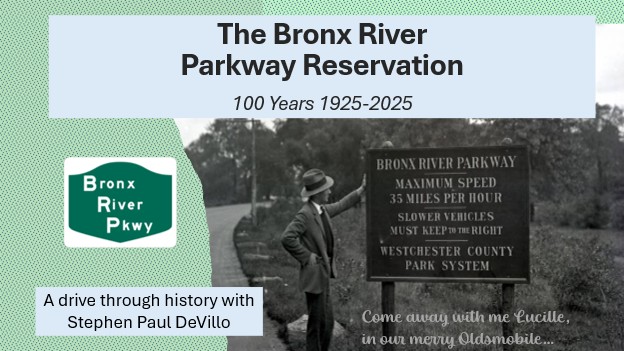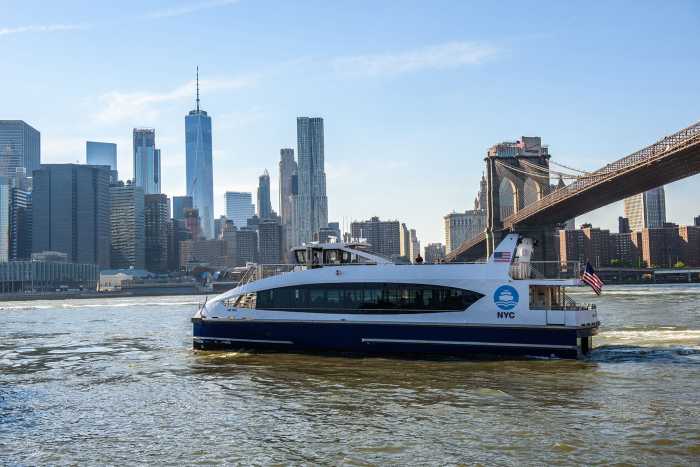In April, after nearly two years of study and public engagement, the City Planning Commission certified the “OneLIC” Long Island City Neighborhood Plan into the public land use review process, called the Uniform Land Use Review Procedure or “ULURP”. The proposal will be voted on by the New York City Council this fall.
OneLIC is a proposal of Mayor Eric Adams’ administration, led by the Department of City Planning, and Director Dan Garodnick. Through various land use and zoning actions, OneLIC aims to reshape an area of Long Island City that includes acres of underdeveloped waterfront property and generally extends from the East River and Gantry Plaza State Park at the southwest, north to Queens Plaza and the Long Island City Industrial Business Zone, and east to Court Square and 23rd Street. The area is primarily industrial, with a mix of residential and commercial uses. Unlike the neighboring waterfront to the south, the existing zoning is predominantly low-density manufacturing districts, surrounded by medium- and high-density residential and mixed-use districts.
City officials have cited U.S. Census data showing the population of the area within a quarter mile of the OneLIC Plan nearly doubled between 2010 to 2020. They also point to the fact that around 46% of Long Island City renters are “rent burdened,” meaning they spend more than 30% of their income on rent as to why more homes and jobs are needed here. According to the Department of City Planning, OneLIC is projected to create approximately 14,700 homes (of which 30% or 4,300 would be income-restricted), 290,000 square feet of community facility uses, 3.5 million square feet of commercial uses, and space for 14,400 jobs.
Long Island City was historically a manufacturing and commercial neighborhood, before a 2001 rezoning rezoned much of the area to allow residential use, such that its core is a mixed-use district that permits a mix of residential, commercial, community facility, and light industrial uses. The area subject to OneLIC is generally west of the existing mixed-use district, extending to the East River waterfront.
The waterfront, particularly an area known as Anable Basin, has been the site of previous major initiatives that did not materialize. In 2017, Plaxall Realty proposed to rezone 15-acres of land by the basin. This proposal included a 700-foot tall tower and contemplated the creation of 5,000 units over 15 years. After that proposal was dropped, in 2018 the northern end of the basin became part of the planned Amazon HQ2 Long Island City campus. Amazon withdrew its plans to build its campus in February 2019 due to community opposition.
OneLIC proposes to upzone much of the waterfront to a mix of residential, commercial, community facility, and manufacturing uses at floor area ratios or “FARs” ranging between 6.5 and 8.4. This means that if a property is 10,000 square feet and its zoning allows 8.4 FAR of residential use, for instance, 84,000 square feet of residential use would be allowed. Throughout OneLIC, newly developed or converted housing will be required to comply with “Mandatory Inclusionary Housing,” which would mandate that 20% to 30% of the residences be permanently set aside for income-restricted affordable housing. Per the proposal, OneLIC also seeks to increase waterfront access and connections, active open space and recreational programming, improve flood resiliency, and manage climate risk.
Along corridors further inland from the waterfront, OneLIC proposes a lower range of densities, ranging from 3.0 to 7.2 FAR for a mix of residential, commercial, community facility, and manufacturing uses. The existing Industrial Business Zone would be preserved for non-residential uses but at increased densities of 5.0 to 8.0 FAR for commercial and manufacturing uses, with building heights of 155 feet to 245 feet. Small portions of OneLIC in the Long Island City “core” and Queens Plaza would be upzoned for residential use at 9.6 to 12.0 FAR and non-residential uses between 8.0 and 15.0 FAR. In this area, the proposal aims to activate the public realm with new ground floor uses and streetscape amenities, and expand the area’s open space network by creating zoning incentives.
ULURP requires review and recommendations by the affected community board(s) and borough president; and approval by both the City Planning Commission and the New York City Council. The period for each stakeholders’ review and recommendation or votes is set by the city charter and totals approximately seven months, so OneLIC, if enacted, would go into effect later this year. In fact, Community Boards 1 and 2 are voting on their recommendations to the proposal this week.
OneLIC is subject to change as it goes through ULURP, with the City Council having the final say. For practical purposes, under the council’s practice of “member deference,” the ultimate decisionmaker will be Council Member Julie Won, who represents the district. Council Member Won has emphasized the importance of community participation throughout the planning process. Her website sets forth her priorities for the OneLIC plan, including permanently affordable housing for a range of incomes, the creation of family-sized units, and states that she “continues to push the City for more community investments and benefits that are essential to the success of this neighborhood plan. . . . Council Member Won has made it clear that she will not greenlight the project without adequate investments from the City to meet community needs.”
Developers, property owners, the community, and other stakeholders will be closely watching as OneLIC proceeds through the public review process, as this ambitious plan has the potential to reshape a large area of Long Island City. Stay tuned. We will keep you posted.
Dan Egers, a shareholder of Greenberg Traurig, focuses his practice on New York City land use and planning. The views expressed are his own.
Ed Wallace, co-chair of the New York office of Greenberg Traurig, served as the last Manhattan city councilmember at large and chief of staff to the City Council president. He has represented Columbia, Fordham and NYU in obtaining land use approvals. He is counsel to the Citizens Budget Commission.





































